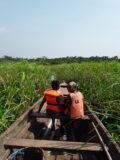Epe Mangroves
It is their potential in the fight against climate change that is making mangroves the new superstars of coastal conservation efforts. “Mangroves and other ‘blue carbon’ ecosystems like sea grasses and salt marshes are incredibly efficient at storing carbon,” UN Environment Programme (UNEP) International Waters expert Isabelle Vanderbeck says.
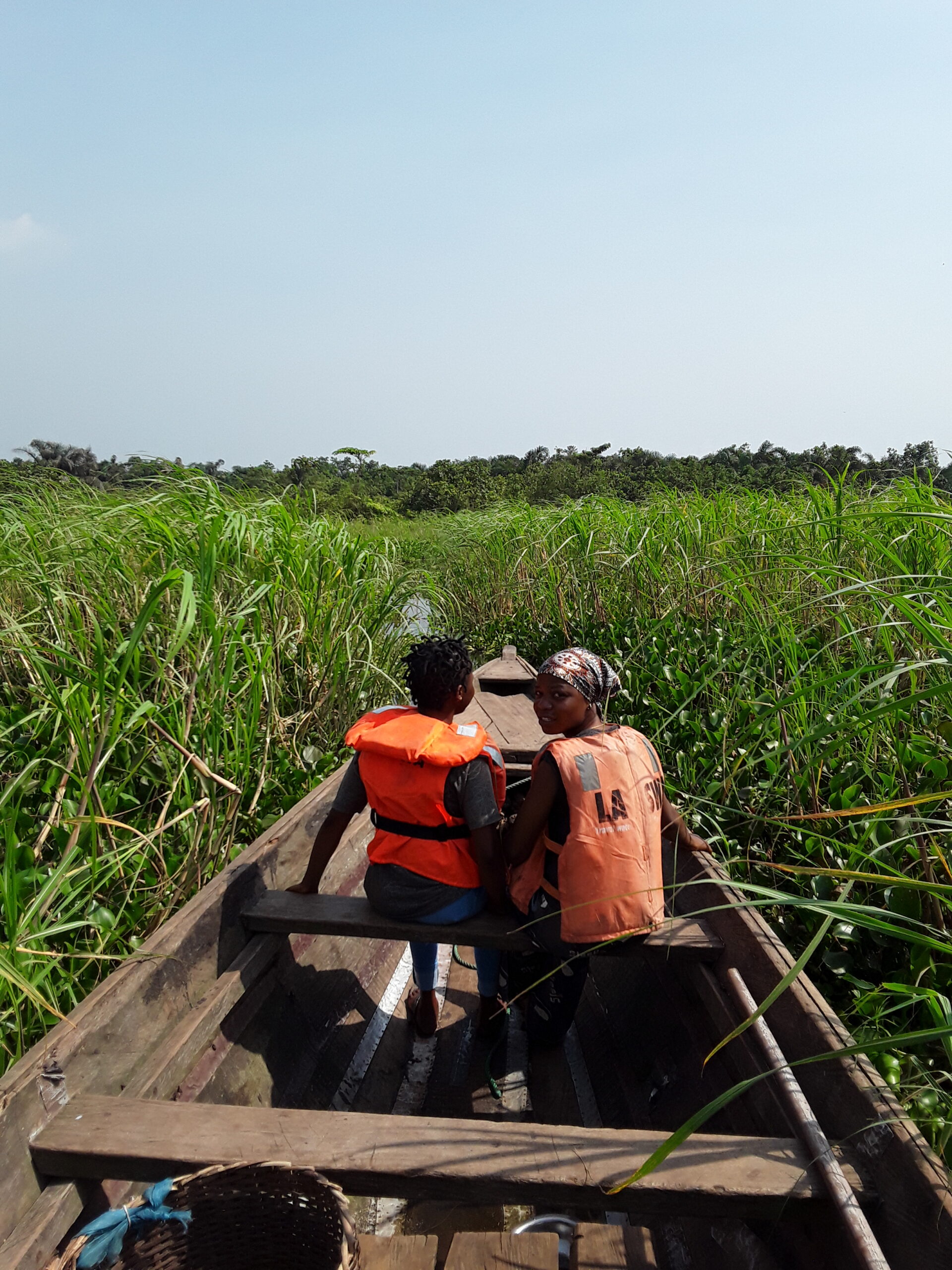
“They can absorb and store as much as 10 times as much carbon as terrestrial ecosystems—so it goes without saying that they are a critical part of efforts to overcome climate change.”
Mangrove forests are a form of wetland where water covers the soil or near surface of the soil for varying periods. They act as a form of natural coastal defense against storm surges, tsunamis, rising sea levels, recharging underground water, controlling shoreline erosion and preventing flooding. These wetlands can contain rain and store them for underground recharge. As wetlands diminish in Lagos and the intensity of rain increases due to climate change, the natural ‘’sponge’’ retaining water is no longer in sight.
The Lagos State coastline accounts for 180km out of Nigeria’s total 850 kilometers stretch of coastline, positioning it as an important coastal economy. 40% of the state is covered by water bodies and wetlands. The lagoons of Lagos and Lekki dominate the coastal systems in the state, with both lagoons fringed by mangroves and backed by swampy wetland forests.
At latitude 6’31oN and longitude 4oE, Epe town is located northeast of the Lagos Metropolitan Area. Between 30 and 60 meters above sea level, Epe is located in the freshwater swamp forest habitat of Nigeria’s tropical sub-humid region. The forest ecosystems are composed of freshwater wetlands across riverbanks and salt/freshwater wetlands around lagoon shores. Raffia palms, silt-rooted trees with dense bush, red mangroves, and mangrove shrubs can also be found in this ecological zone. The Epe creek and mangrove is hidden away roughly about 96km east of Lagos, with the creek stretching from the Lekki-Ibeju axis down to Epe town, behind it are the Lekki Lagoons, which are conserved.
The Mangroves at Epe are highly efficient carbon sinks, their soils sequestering vast amounts of carbon.
Similar to terrestrial forests, mangroves capture carbon from the atmosphere via photosynthesis. However unlike terrestrial forests, which store most of their carbon in the trunk and branches, mangroves store most carbon in their root systems and neighboring soil. Hence why mangroves have high carbon stocks, containing on average 1,023 metric tons of carbon per hectare. Per-year, mangroves can store 42 million tons of carbon/hectare.
Research has shown that coastal mangroves perform more than other forests in their carbon storage capacity with more than 90% of the carbon they capture stored in the soils beneath them, where, undisturbed, the carbon can remain stable for centuries or more. When the roots, branches and leaves of mangrove trees die, they are usually covered by soil, which is then submerged under tidal water. This oxygen poor-environment causes a prolonged break down of the plant material resulting in significant carbon storage. Thus, the soil acts as carbon ‘sinks’, locking it away for generations. Also, the fire risk that might lead to the loss of stored carbon is very minimal. For example, an examination of 25 mangrove forests across the Indo-Pacific region found that per hectare, they sequester carbon at a rate two to four times greater than other mature tropical forests and store three to five times more carbon per equivalent area than tropical forests such as the Amazon rainforest. This means that conserving and restoring mangroves is essential to fighting climate change.
Environmental threats to Epe mangrove forests
Lagos is a low-lying coastal city and is just one meter above sea level. It has grown from a tiny settlement of 28,000 people in the 19th century to a landmass of 3,345km2 with over 22 million people.
The expansion in size started with the British colonial government’s decision to transform Lagos into an industrialized Trade Centre in the 19th and 20th centuries, successive Lagos State governments have continued to turn to the waterbody for land.
As many parts of the city become flooded every rainy season and climate change continues to ravage with increased rainfall and flooding, experts and analysts say that the projected sea level rise expected by two meters at the end of the century could put Lagos at risk of completely sinking due to lack of drainage services, vanishing green areas , and most importantly, vastly depleted wetlands.
Urban growth and population surge has been one of the major causes of the clearing of wetlands in Lagos state. The population of Lagos residents is projected to rise to over 32 million by 2050 and over 88 million by the end of the century, according to the Global Cities Institute at the University of Toronto, which would make it one of the world’s most populated cities.
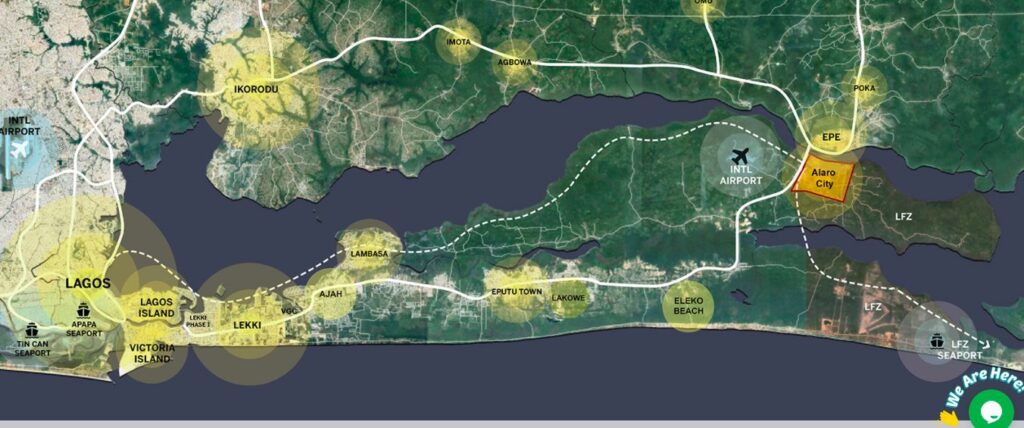
With already limited space, environmental experts fear the urban population pressure, huge developments such as Alaro City and Lekki Free Zone which will be home to the largest Deep-Sea Port in West Africa are currently under construction. An international airport is at planning stage and will be located adjacent to Alaro city all near the mangrove forest and wetlands of Epe. This will have grave consequences for the marine, estuarine and terrestrial ecosystems there. Project Details can be viewed here.
Another problematic issue is that once the container handling sites of the Lekki Free Zone come into operation, there are currently no marine enforcement sanctions or laws covered in current policy in Lagos to act as a preventative measure to marine pollution, climate change and for safeguarding of biodiversity. This would mean that companies doing business through this sea port are free to cause any environmental damage they like. We hope this current legal lacuna changes soon.
Other factors such as agricultural expansion and over harvesting are also factors that have caused degradation of the area. Indigenous fishing communities on the coast harvest mangrove wood for household domestic use, in particular for cooking and smoking fish.
Wood from mangrove forests is also used for housing material, scaffolding, fishing stakes and more. Their tree species such as ABURA , OFO, OPEPE, ARUN tree are highly prized and serve as a reliable source of wood for building houses, boats and pilings because of their hardy resistance to rot and insects. The tree species also yield very useful industrial timber, fuelwood and charcoal of high calorific value.
Epe as Biodiversity Hotspot
Mangroves are rare, spectacular and prolific ecosystems. Mangrove forests offer a plethora of biodiversity with a wide variety of plant species with multiple economic uses, valuable and crucial breeding nursery habitat for fish and crustaceans and aquatic wildlife—with some 75 per cent of commercially fished species either spending part of their life cycle in mangrove ecosystems or depending on the habitat for food. Most of the tree and shrub species also serve as sources of non-timber forest resources such as edible fruits and leaves, indigenous medicines, tannin, seed, fatty oils, thatching materials and sedges, fencing materials, fodder, honey and manure.
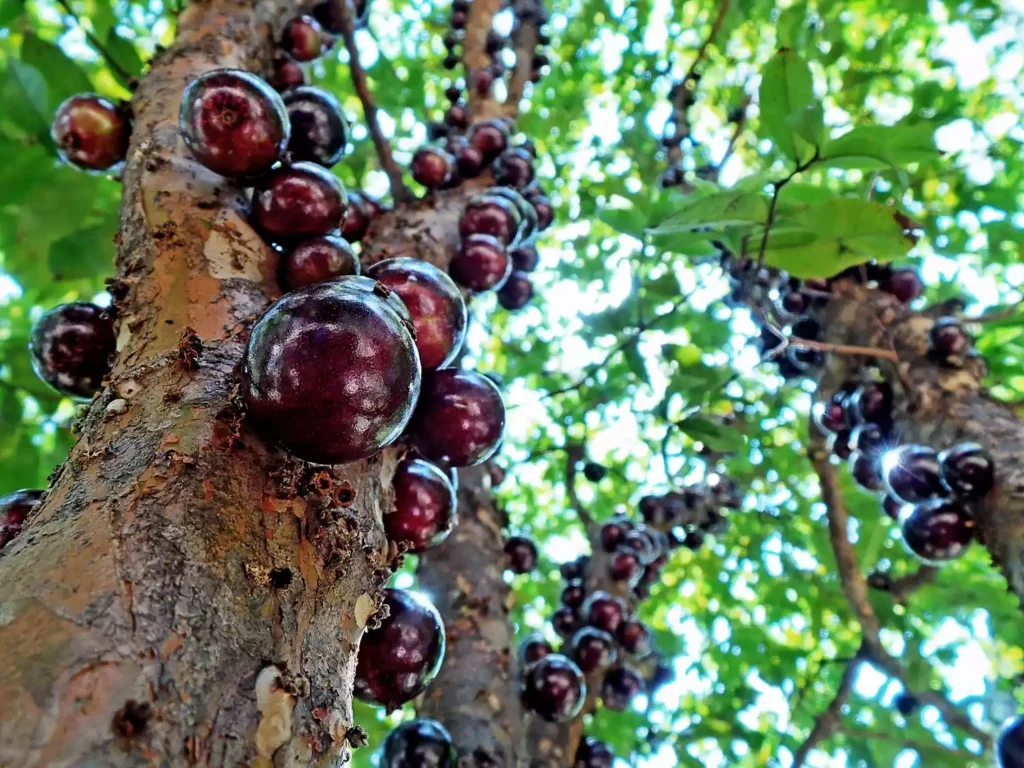
The Epe mangroves are rich in medicinal plant species used for the treatment of tropical diseases. In all, a total of 51 plant species belonging to 29 families were identified in the Data collected from a 2022 study of the ethnobotanical importance of the area in treatment of malaria, Typhoid, gastrointestinal disorders, skin diseases, diabetes, ulcers, leprosy, toothache, dysentery and so much more.
The forests serve as nesting and resting sites for coastal birds such as brown pelicans and roseate spoonbills. Many shorebirds and migratory pelagic bird species, including kingfishers, herons, and egrets, depend on mangroves and wetlands for part of their seasonal migrations stopping to forage at numerous wetlands along this Flyway. In recent years, it has been observed that species are declining rapidly, driving species to the brink of extinction. From habitat loss, indiscriminate killing and trade in birds, plastic pollution, and certain birds are increasingly exposed to factors within the environment that they have not adapted to.”
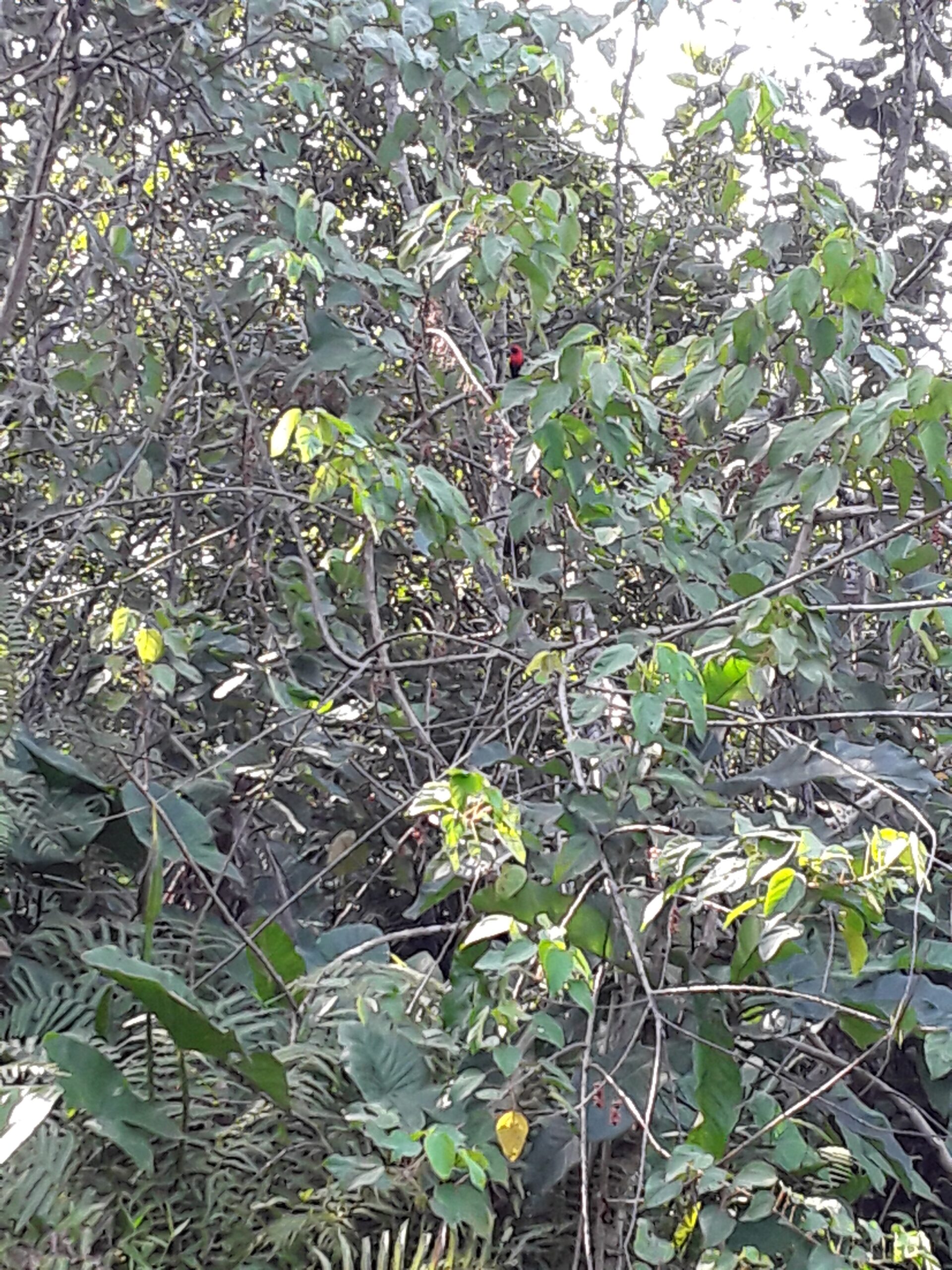
Some of the migratory birds in Nigeria include Eurasian Whimbrel, White-faced whistling duck, Marsh sandpiper, Osprey, and Common sandpiper, among others.
“It has been discovered that some adult birds are being harvested, which will prevent reproduction. This will cause general decline in the population of birds,” the NCF submitted.
Apart from the harvesting of birds, a trip to the local fish market will reveal that not only birds are being harvested but also Crocodiles, Monitoring Lizards, turtles, Concubines and more as bush meat. Local communities need to be engaged and educated on poaching wildlife and alternative means of income generation such as tourism and sale of locally produced items to generate income for local inhabitants.
About the UN Decade on Ecosystem Restoration
The United Nations General Assembly has declared the years 2021 through 2030 the UN Decade on Ecosystem Restoration. Led by the UN Environment Programme and the Food and Agriculture Organization of the UN, together with the support of partners, it is designed to prevent, halt, and reverse the loss and degradation of ecosystems worldwide. It aims at reviving billions of hectares, covering terrestrial as well as aquatic ecosystems. A global call to action, the UN Decade draws together political support, scientific research, and financial muscle to massively scale up restoration.
CONCLUSION
The Epe Mangroves and wetlands remain one of the last blue forest areas in Lagos State and needs to be conserved, preserved and handled with care.
Lagos State Government has reiterated its commitment to stopping all forms of encroachments and misuse of wetlands, launching the Lagos Wetland Protection Campaign with an agenda and advocacy programme on Wetlands and Biodiversity Conservation for Lagos that includes collaboration with NGOs, private bodies and stakeholders
● to discuss how to prioritise and advocate for the preservation of wetlands in Lagos State, particularly regarding the issue of encroachment.
● Brainstorm on the ways to fully involve government and communities in the protection process.
Whilst this is a positive step in the right direction, at the core of the problem is a clash of long overdue urban development and protection of natural ecosystems, a sprawling real estate industry, and a government that has found it difficult over the years to Identify wetlands for protection in Lagos state.
Mangrove forests play very important ecological and economic functions and are crucial to coastal communities’ and their survival and sustainable livelihoods. Its value is yet to be understood and appreciated by the majority of Nigerians hence its continued destruction. For Nigerians to tap from the immense values inherent in mangrove forest ecosystems, their restoration, rehabilitation, and conservation become essential.
Gardenworld are working tirelessly to highlight the plight of the Mangrove forests at Epe. We run sustainable eco tours by boat for groups to the area so visitors can enjoy the rich flora and activities that the local area has to offer including bird watching and nature walks. Contact us for a guided tour..

